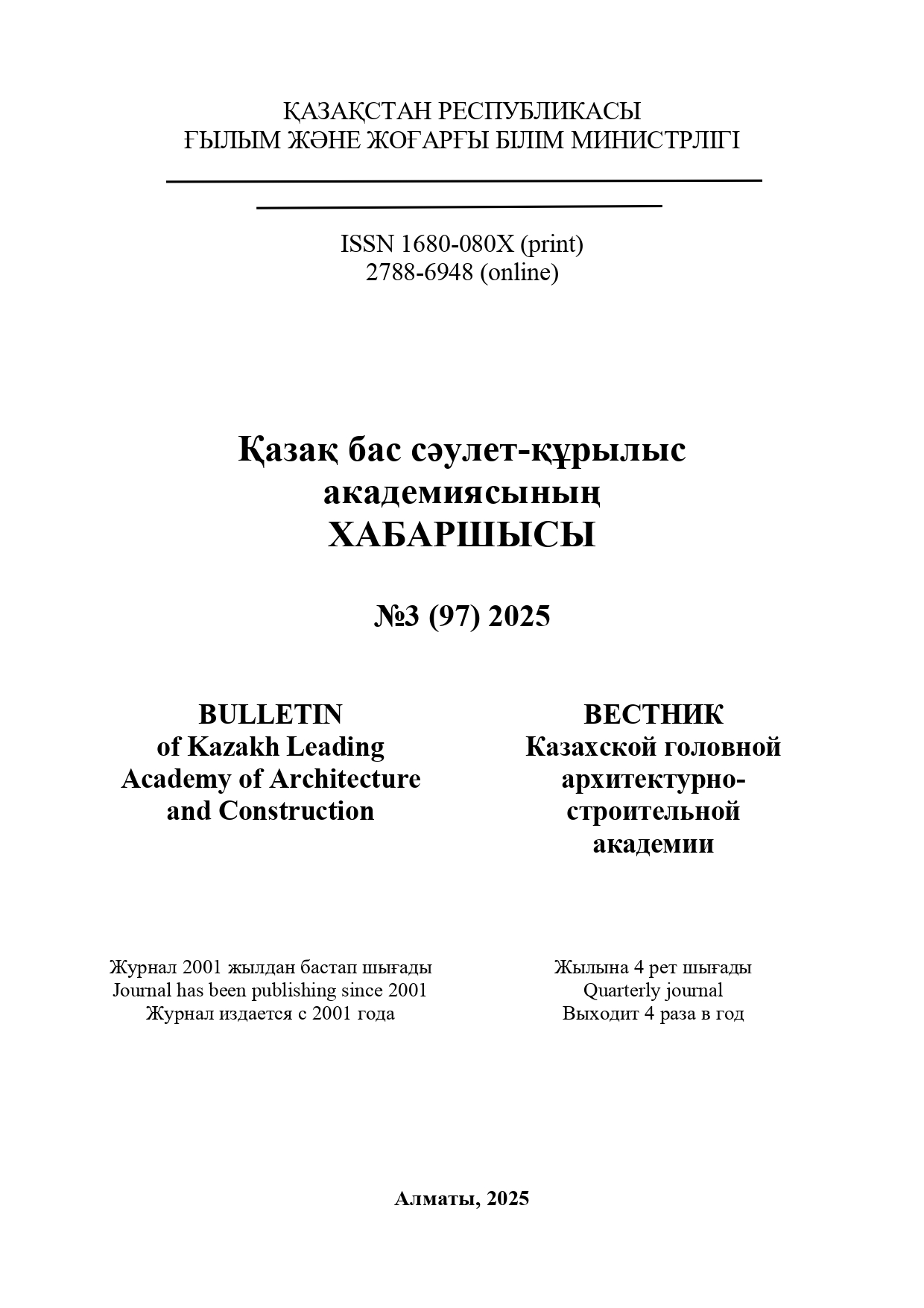Abstract
This study analyzes the mechanisms of damage and patterns of degradation in concrete hydraulic structures exposed to operational and environmental factors. A comprehensive analysis was conducted using literature data, field inspection results, and regulatory documents covering the period from 2015 to 2025. Structural–mechanical analysis and comparative evaluation of repair technologies were applied to systematize the findings and assess the efficiency and durability of different materials and methods. The main damage mechanisms were identified as cavitation, leaching of cement paste, reinforcement corrosion, and thermal fatigue. The use of ultra-high-performance fiber-reinforced concrete (UHPFRC) was found to reduce cavitation wear by 3-4 times, while bioconcrete enables partial self-healing of microcracks and increases the service life of structures by 25-40%. A classification of defects based on their type and depth of deterioration was developed, allowing for a rational selection of repair technology depending on operating conditions and damage characteristics. The scientific novelty of this research lies in the proposed systematic approach to assessing concrete degradation and in the justification of composite material applications for extending the service life of hydraulic structures.


